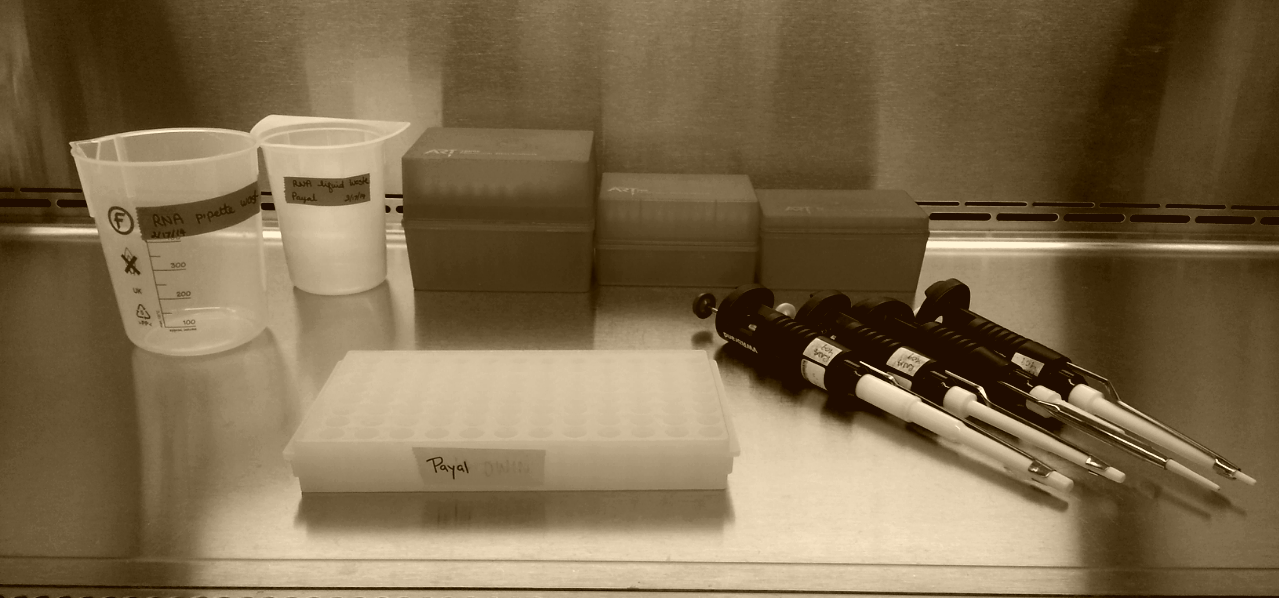Synaptic CD8+ T cells and game-changing CD8+ T cell signaling
Today I want to discuss a paper I read several years ago but has been at the back of my mind, since. Elegantly a product of Matthew Krummel's lab and written by Audrey Gérard, the paper is scandalously titled as "Secondary T cell-T cell Synaptic Interactions drive the differentiation of protective CD8+ T cells".
The central hypothesis of the paper states that the interactions between CD8+ T cells are critical to driving their differentiation into becoming memory precursor effector cells (MPECs). These interactions are called synapses, a term that we classically refer to as an interaction between an antigen presenting cell (pAPC) and a T cell.. that forms an immunological synapse. An "out of the box" hypothesis, series of intricate experiments and all the glorious microscopy that goes with it.. few of many reasons to fall head over heels in love with this paper.
Main questions put forth in the study:
- What happens to the CD8+ T cells during their engagement with the pAPCs?
- What happens to the differentiation of CD8+ T cells under blocked activity of the surface adhesion molecules on the pAPCs (ICAM) as wells as those on the T cell surface (LFA-1)?
- What happens to the immunological synpase during the Critical Differentiation Period (CDP)?
- How important are the activity of cytokines being shared during the CDP among the CD8+ T cell subsets?
- Most importantly, how can we use what we learn about the CD8+ T cell-T cell synapses during the CDP towards producing a vaccine strategy that can have an enhanced central memory?
What's wrong with CD8+ T cell vaccines that we have?
Not too long ago, Koup and Douek published a Cold Spring Harbor Perspective summarizing the hurdles in the vaccine design for CD8 T-lymphocyte responses modeled with CD8+ T cells. As the age old immunologists' nightmare goes... ‘mice lie and monkeys exaggerate,’ perhaps be better understood if we consider Gérard's "synaptic" T-cell interactions during the Critical Differentiation Period (CDP, ~24hr) . In other words, why is it so difficult to provide a secondary response with CD8+ T cell vaccines? And, could the explanation be that there are requirement for CD8+ T cells to hang on to their APCs beyond initial signaling cascade induction? And, could this reason be to transfer information from one CD8+ T cell to another? And could this exchange dictate the subsequent signaling strength that is critical for boosting CD8+ T cell recalls with vaccine strategies?
While so little is known about these synapses during the CDP, lot is known about the forces that drive T cell stimulation, proliferation and their differentiation into MPECs upon the 3-signal stimulation aided by pAPCs such as dendritic cells (DC). The three signals are:
- A weak interaction of adhesion molecules - LFA-1 on the T cell and ICAM-1 on the pAPC
- Ag recognition by the T cell receptor (TCR) and
- Co-stimulation by CD28 and B7 on the surface of T cell and pAPCs.
Little is known about the interactions of these cells at the critical differentiation period (CDP, ~24Hrs) and their necessity to hang on to the APCs beyond the initial contact for stimulatory signaling. Gerard et al. systematically dissects these doctrines and drafts their rules of engagement through the priming and differentiation of the memory CD8+ T cells.
How it all comes together?
Gerard et al. suggests that beyond the exchange of stimulatory signals for proliferation and differentiation of CD8+ T cells with the pAPC engagement, there are synapses being formed among the T cells to exchange cytokines and perhaps share physical adhesions with LFA-1 dimers that enhance their differentiation into memory precursor effector cells. By creating blocking of ICAM (found on DCs) and LFA-1 (found on T cells), one can truly appreciate the luminous and co-operative synergy between the immune cells.
Based on what we have learned about making CTL vaccines, especially for HIV and Tumors, an incorporation of Gerard's proposed dynamic CD8+ T cell synapses within their pool and combining them with an IFNg therapy that occludes the exosomal biology - may very well change the game of vaccine development.
References and suggested reading:
Yewdell JW. Designing CD8+ T cell vaccines: it's not rocket science (yet). Current Opinions in Immunology , Vol. 22 (3), 2010.
